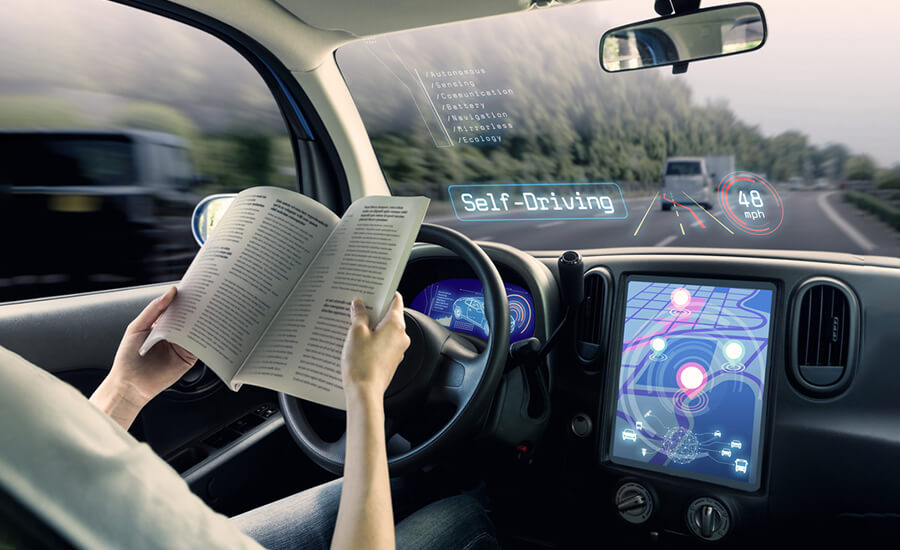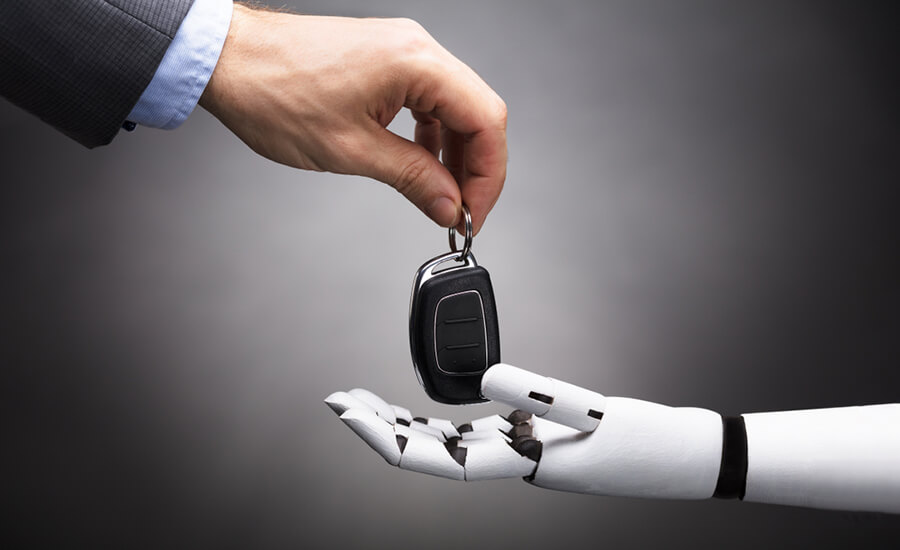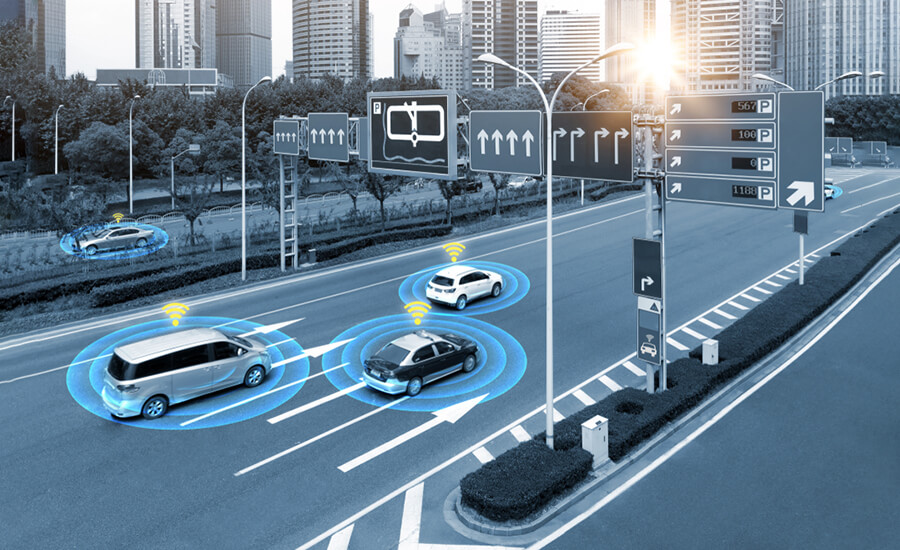Few areas of modern life have been left untouched by the transformative hand of artificial intelligence (AI), and the realm of transportation is no exception. Autonomous vehicles, once a staple of science fiction, are fast becoming a reality thanks to advances in AI technology.
At the heart of every autonomous vehicle is a complex AI system capable of making split-second decisions. Using an array of sensors, these vehicles gather data about their surroundings, such as the location of other vehicles, the speed at which they’re moving, and the condition of the road. Advanced machine learning algorithms then process this data in real time, enabling the vehicle to navigate its environment safely.
One of the most significant impacts autonomous vehicles could have is on road safety. According to the World Health Organization, about 1.35 million people die each year as a result of road traffic accidents, many of which are caused by human error. Autonomous vehicles, driven by unerring AI, have the potential to drastically reduce this number.
AI-powered autonomous vehicles could also revolutionize the way we commute. With self-driving cars, time spent behind the wheel could be put to more productive use, like catching up on work or enjoying a good book. Furthermore, AI could optimize routes, reducing congestion and making our journeys quicker and more efficient.
Beyond personal vehicles, AI has transformative implications for the logistics industry. Autonomous trucks could deliver goods faster and cheaper, driving down costs for businesses and consumers. Similarly, autonomous taxis and ride-sharing services could provide safer, more efficient urban transportation.
However, alongside these opportunities, the rise of AI in autonomous vehicles also presents several challenges. There are significant technical hurdles to overcome before autonomous vehicles can safely navigate all situations they might encounter on the road. And even as technology advances, there will always be unpredictable scenarios that present unique challenges.
Moreover, ethical questions arise when we consider letting an AI take control of a vehicle. In a potential accident situation, how should the AI decide what action to take? And who is responsible if an autonomous vehicle is involved in an accident?


Lastly, as with all AI applications, data privacy and security are of paramount concern. Autonomous vehicles collect a vast amount of data, raising questions about who has access to this data and how it is used.
In conclusion, AI’s role in autonomous vehicles presents a fascinating mix of promise and challenges. As we hurtle towards this future, it is essential to navigate these issues carefully, striking a balance between embracing innovation and preserving safety, ethics, and privacy. The road to autonomous vehicles may be complex, but with AI at the wheel, it’s a journey well worth undertaking.

